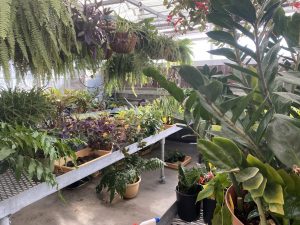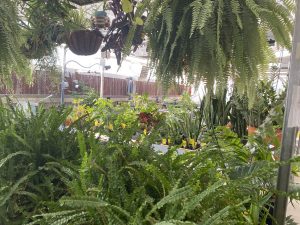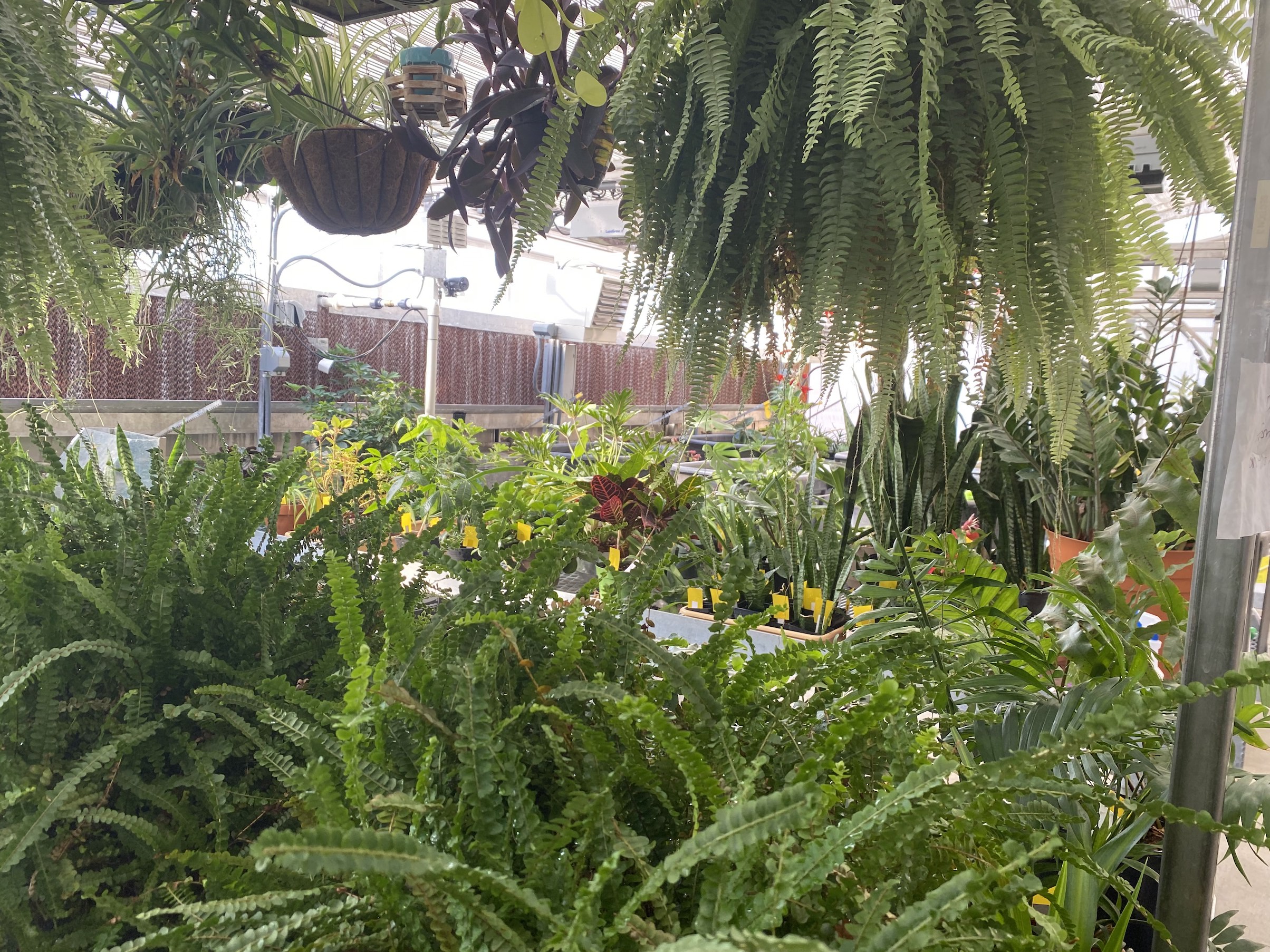Concordia College’s greenhouse will be full of life come spring as two lab technicians work to turn it into a butterfly habitat.
Christina Graf and Harshana DeSilva, both lab technicians in the biology department, came up with their project last year to make students more aware of the greenhouse located in the Integrated Science Center.
Wearing dragonfly earrings and a bee patterned shirt, Graf’s enthusiasm for wildlife and the project is clear. The goal is to make students aware of the greenhouse and bring attention to what it offers, said Graf.
“The greenhouse is extensively used for course work and research; however, that is currently the only purpose of it,” said DeSilva. “We wanted to investigate ways in which we might be able to better our ecological community and make it a source of community education,” she continued.
No science classes are held in the greenhouse at present, something the pair is hoping to change.

Research and projects are already being conducted in the greenhouse; however, these experiments are not part of the curriculum. Instead, professors and assistants conduct them during their free time. The goal would be to base classes around caring for and studying the butterflies as well as classes centered on the growth and care of plants, said Graf.
“We’ve got a couple of really great resources here,” said Bryan Bishop, chair of the biology department.
Now, they just need to be brought to people’s attention. Bishop said most people do not know these resources exist, incorporating the greenhouse into the curriculum would be a way to change this. Students, in turn, appear excited about the upcoming project.
“I think it’s a cool idea,” said Mustafa Ahmad, a junior majoring in biology.
Ahmad previously worked in the greenhouse and hopes that other students will appreciate the opportunities it can provide them. “It’s not really well known that we have things like this, and students don’t have a reason to come here,” said Ahmad. “A class would be a great way to show everything the greenhouse has to offer.”
While no certification or grants were required to get the butterfly project off the ground, Graf and DeSilva worked hard to make the greenhouse a proper environment for butterflies to flourish. The duo had to research and plan how to transform the greenhouse into a perfect habitat.
First came figuring out exactly what butterflies they wanted to raise. Graf said they focused on species native to Minnesota as the greenhouse is not a closed environment. The butterflies would be exposed to the Midwest’s weather and in the event any managed to escape, they wanted to avoid causing ecological problems or harm to the insects.
They decided to use painted ladies for their habitat. Painted ladies share a resemblance to the monarch butterfly; however, their wings have a more mottled pattern, and they migrate to Minnesota during the warmer months.
“We worked with a few volunteer students to do literature reviews on things like butterfly behavior in captivity with the intention of keeping the butterflies as healthy as possible,” said DeSilva.

Before Graf and DeSilva could begin raising painted ladies, they had to build an environment for them. The pair spent months growing hollyhock, marigolds and zinnias that would become the butterflies’ food source. During the spring and summer months the greenhouse is filled with vibrant colors as the plants come into bloom. The pair have taken their time in setting up the space, now they’re ready to give it a try.
Graf and DeSilva’s project has not been without its obstacles though. DeSilva said this is actually the pair’s second attempt at raising a population of painted ladies. Their first try took place the previous summer, with butterflies filling the greenhouse’s isolated room by early July.
Problems quickly arose, however, when many of the butterflies turned up dead. The culprit, it turned out, was an outbreak of mice. Targeting both the painted ladies and the plants they used for food and laying eggs, it wasn’t long before the entire population was gone.
Now, the greenhouse has live traps scattered throughout, and the mice are released by fellow biology professor Joseph Whittaker whenever captured.
“We are going to be successful,” said Graf. “It was disappointing when the butterflies did not survive,” she continued, but also emphasized that the entire project was a learning experience and she and DeSilva are figuring things out as they go.

